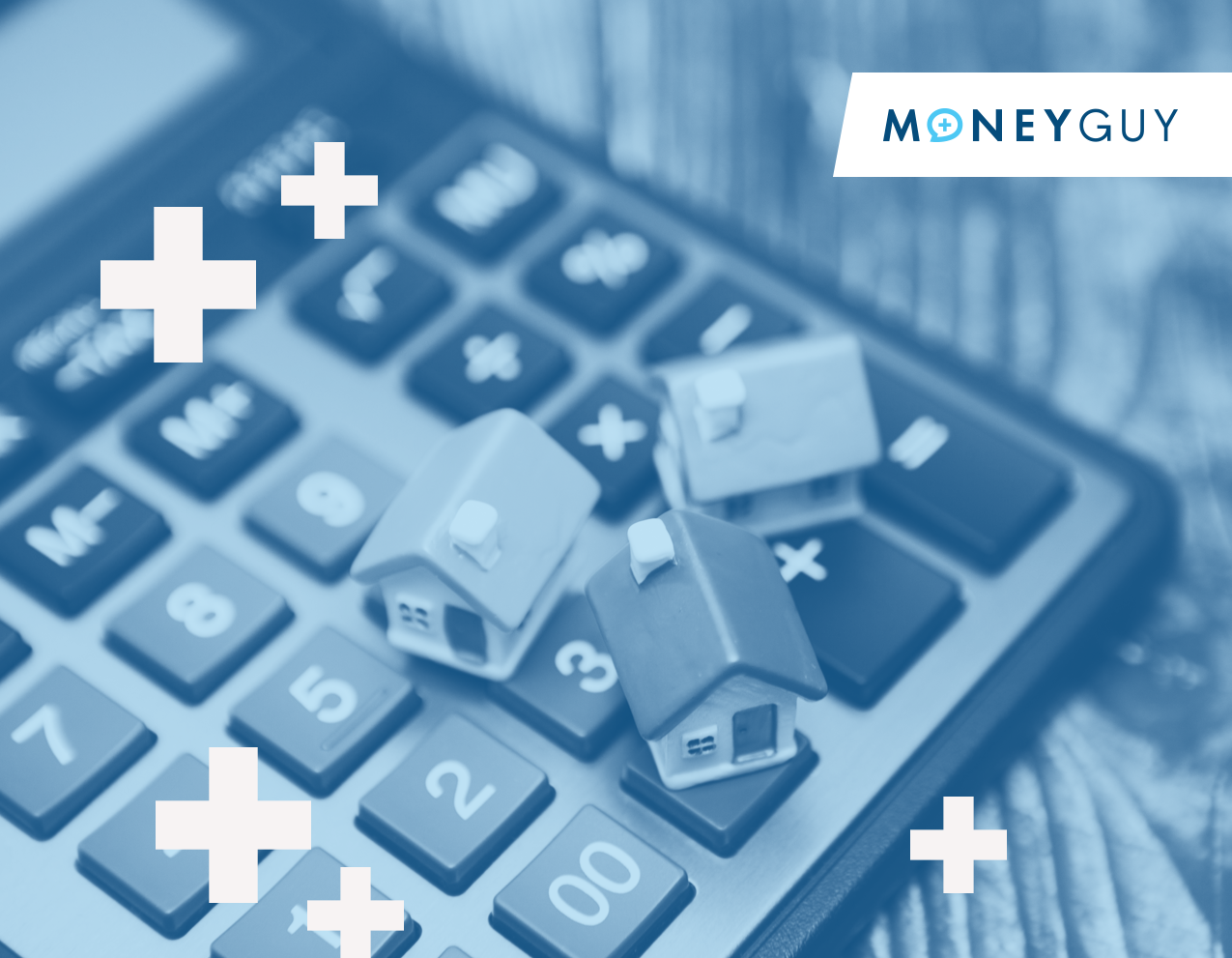What a strange time for housing. Average 30-year mortgage rates are hovering around 8%, the highest reading since the year 2000. If you don’t remember much about the year 2000, gas was $1.51 a gallon, Faith Hill’s “Breathe” was the Billboard #1 song of the year, and How the Grinch Stole Christmas with Jim Carrey was the highest-grossing movie of the year. Oh, and Enron, Lucent, and Sears were among the biggest companies in the United States. The average first-time homebuyer, age 36, was only 13 years old the last time mortgage rates were this high. They probably weren’t thinking about buying a house back then.
With the sharp rise in mortgage rates, many potential buyers are looking for options other than financing a home at nearly 8%. Adjustable-rate mortgages, or ARMs, haven’t been popular in quite some time. When fixed mortgage rates were extremely low, choosing an adjustable rate did not make sense. In 2020, just 3% of all mortgages were ARMs. That number has now increased to 13% as buyers look for alternatives to locking in a rate near 8%. Are ARMs worth considering or are there potential pitfalls you need to be aware of?
What is an adjustable-rate mortgage (ARM)?
An adjustable-rate mortgage is just what it sounds like, a mortgage where the rate changes periodically. ARMs usually have a lower initial rate than fixed-rate mortgages, so when mortgage rates are high and may drop in the future, choosing an adjustable rate could be worth considering. The initial rate is fixed for a period of time, most commonly five years, seven years, or ten years. After that period, the initial rate may change, or adjust, and likely will continue to adjust on the agreed-upon period of time (as frequently as monthly to annually).
ARMs usually have caps on how much the interest rate or payments can rise over the life of the loan. There are three kinds of caps, an initial adjustment cap, subsequent adjustment cap, and lifetime adjustment cap. The initial cap is typically 2% or 5%. For example, if you choose a 5-year ARM at 7%, after the five years are up, your rate may be capped at 9% or 12%, depending on the terms of your loan. The subsequent adjustment cap is a limit on how much the interest rate can increase in each subsequent adjustment period, and is usually limited to 2%. The lifetime adjustment cap, or total limit on interest rate increases, is usually 5%. That means if you lock in an ARM at 7%, your rate will usually not ever exceed 12%.
When does it make sense to use an ARM?
It may make sense to consider an ARM when interest rates are high and are expected to drop no later than the conclusion of your initial ARM term. There is a problem with this statement. How do you know when interest rates are at their highest? At the beginning of 2022, rates seemed high when they reached 5%.
Over the last 50 years, average 30-year mortgage rates have been as high as 18%. It’s hard to know if mortgage rates are currently “high” when they could be higher in one year, three years, or even five years. There is a ton of uncertainty about which direction interest rates are headed. If you had surveyed 1,000 real estate experts five years ago, I doubt many, if any, would have predicted fixed 30-year rates to be at 8% by 2023. While many are predicting lower mortgage rates in five years, we have no way of knowing for sure.
With so much fuzziness in the decision process, you have to take a “measure twice and cut once” approach. First, determine the spread between the fixed and variable options, and make sure to read the fine print to know how much the rate can adjust and how that ties into your life timeline. How confident are you in the direction of where rates are headed in the term of your loan? As you can see, there are quite a few variables that will vary for everyone, which makes this decision very personalized.
What are the downsides of an adjustable-rate mortgage (ARM)?
In a rising interest rate environment, ARMs are very risky. Choosing an adjustable rate when you could lock-in a fixed rate may be a decision with enormous financial consequences later down the road. Let’s look at the upside of an ARM: best case scenario, you get an interest rate that is less than 1% lower than 30-year fixed rates for a short period of time. If rates continue to rise, and are higher when your rate adjusts, you made a poor decision: it would have been much better to lock in a fixed interest rate.
If rates drop, you will have the opportunity to refinance your ARM if it makes sense. However, you would also have the opportunity to refinance if you locked in a fixed 30-year rate. This is why answering the questions above will bear fruit and help you fine-tune your analysis between fixed and adjustable mortgages. If the current discount and the limitations on rate increases works out that it extends your “interest rates will come down” window, you can feel more comfortable choosing the adjustable rate over the safer locked in rate. However, many will not feel comfortable taking on the additional risk and complications of going through this analysis. This is why, for many, the benefit of an ARM is simply not great enough to move away from the comfort, ease, and safety of fixed rate mortgages.
Adjustable-rate mortgages may seem great on paper, especially right now since rates are lower than fixed-rate mortgages. However, the risk of rates continuing to rise cannot be overlooked. If the potential savings from an adjustable rate mortgage are too big to ignore, please make sure you do not skip your homework to understand both the exposure and opportunity. It is worth repeating that buying a home is a big life decision and one that should be a “measure twice and cut once” decision where emotional impulses should be ignored and prudent planning is rewarded.














